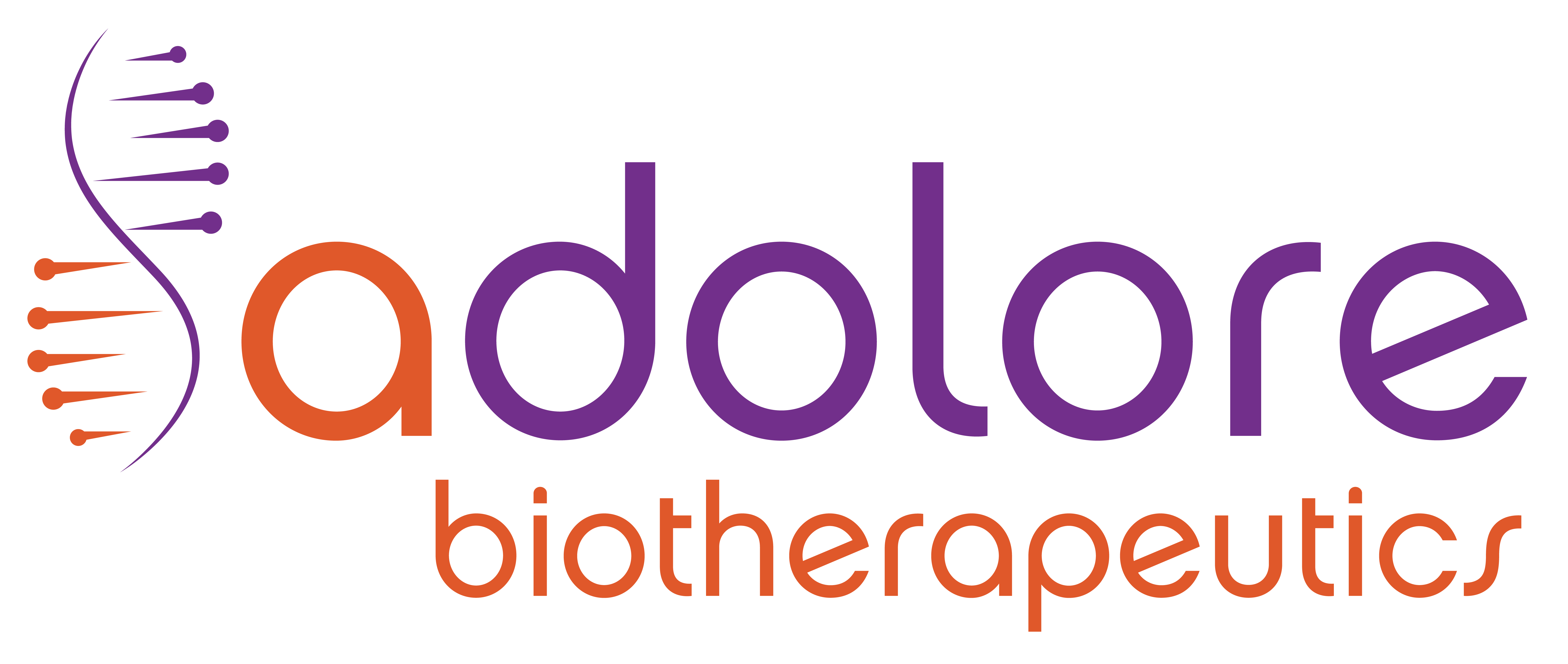Our Pipeline
ADB-101
Development Program for the Treatment of Erythromelalgia Pain
ADB-101 is a development program for difficult-to-treat neuropathic pain. Our novel, non-opioid JDNI8 rdHSV-CA8* non-toxic gene therapy (ADLR-1001) designed to target sensory nerve fibers that are hyperexcitable in erythromelalgia patients to relieve their chronically recurrent difficult-to-treat neuropathic pain.
Our initial clinical development focus will be on a significant group of more homogenous patients with primary erythromelalgia (EM) associated with one or more genetic mutations in voltage-gated sodium channels. For our purposes, we expect to diagnose EM patients for our clinical studies by DNA genetic mutational analyses, supported by their characteristic symptoms, signs, provocation tests (hot water immersion), and quantitative sensory testing.
Potential for Multiple FDA Incentives
Orphan Drug
Designations
Fast Track
Status
Breakthrough Therapy Designation
Erythromelalgia
Erythromelalgia is a rare neurovascular disorder causing intense burning pain and redness in the extremities, primarily in the feet. Triggered by factors like warmth and exercise, it results from abnormal blood vessel function. Current treatment options include lifestyle changes and medications to alleviate symptoms, often requiring a multidisciplinary approach for effective care.
No Current FDA-Approved Therapies
10-15 in 100,000 People Affected1
-
- ~35,000-50,000 in U.S.
- ~150,000-250,000 in EU/ East-Asia
Current Treatment Options Are Limited
-
- Avoid triggers such as stress, exercise, hot bathing, etc.2
- Ice baths
- Lidocaine
- Opioids
Validation in Erythromelalgia Also Opens Pipeline Expansion Opportunities into Multiple Blockbuster Pain Indications
Ability to validate technology in indications with smaller clinical trial sizes, increase speed and lower development costs
Clinical validation in erythromelalgia de-risks our development approach; may facilitate blockbuster market opportunities in Neuropathic Pain across multiple indications:
- Post Herpetic Neuralgia
- Neuropathy: Diabetes, HIV, HIV therapy, chemotherapy-induced neuropathic pain, chronic regional pain syndromes, etc.), Cancer Pain (40%), other forms of neuropathic pain (nerve injury)
Complementary and synergistic to Osteoarthritis Pain development plan and commercialization
